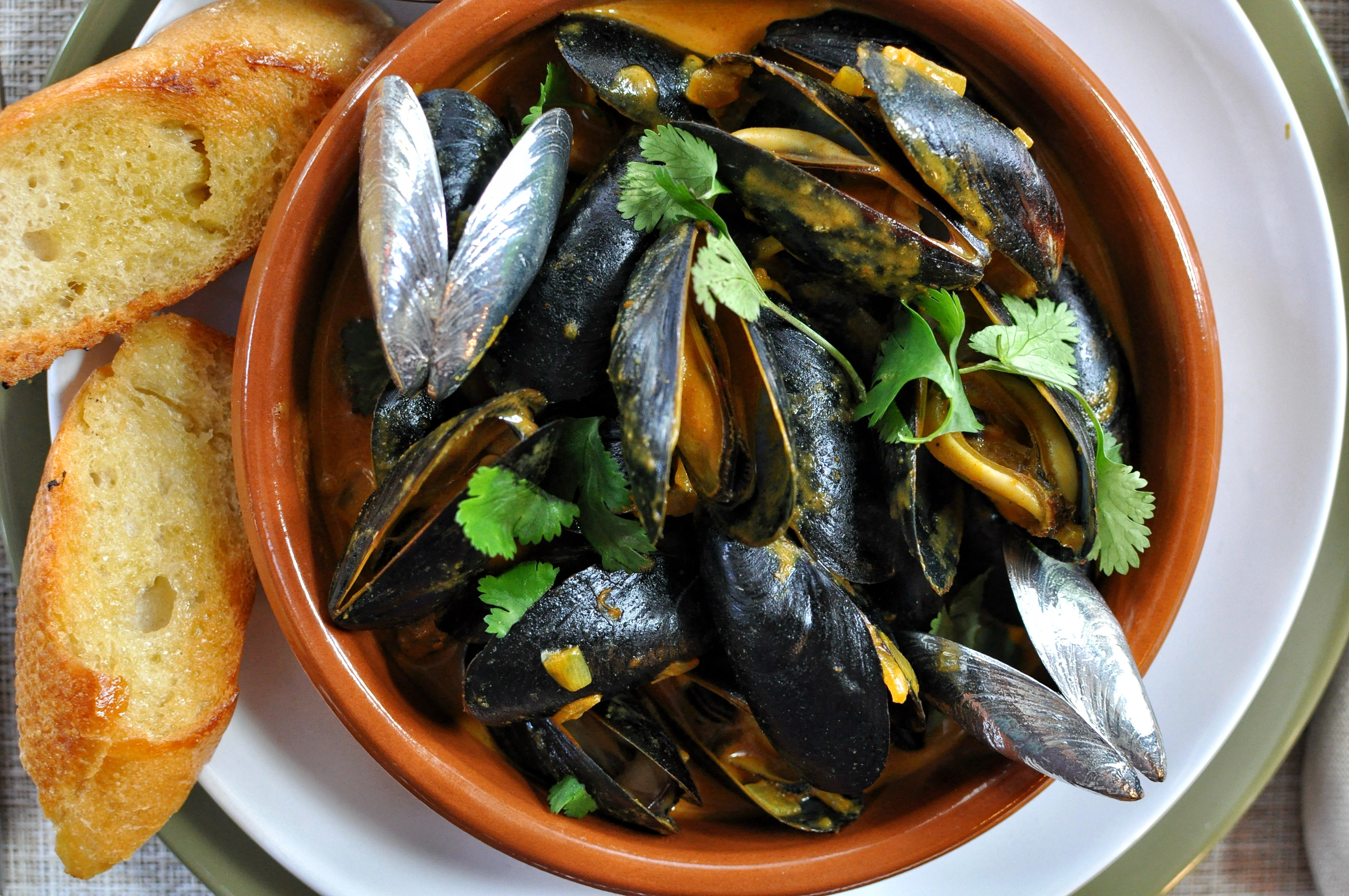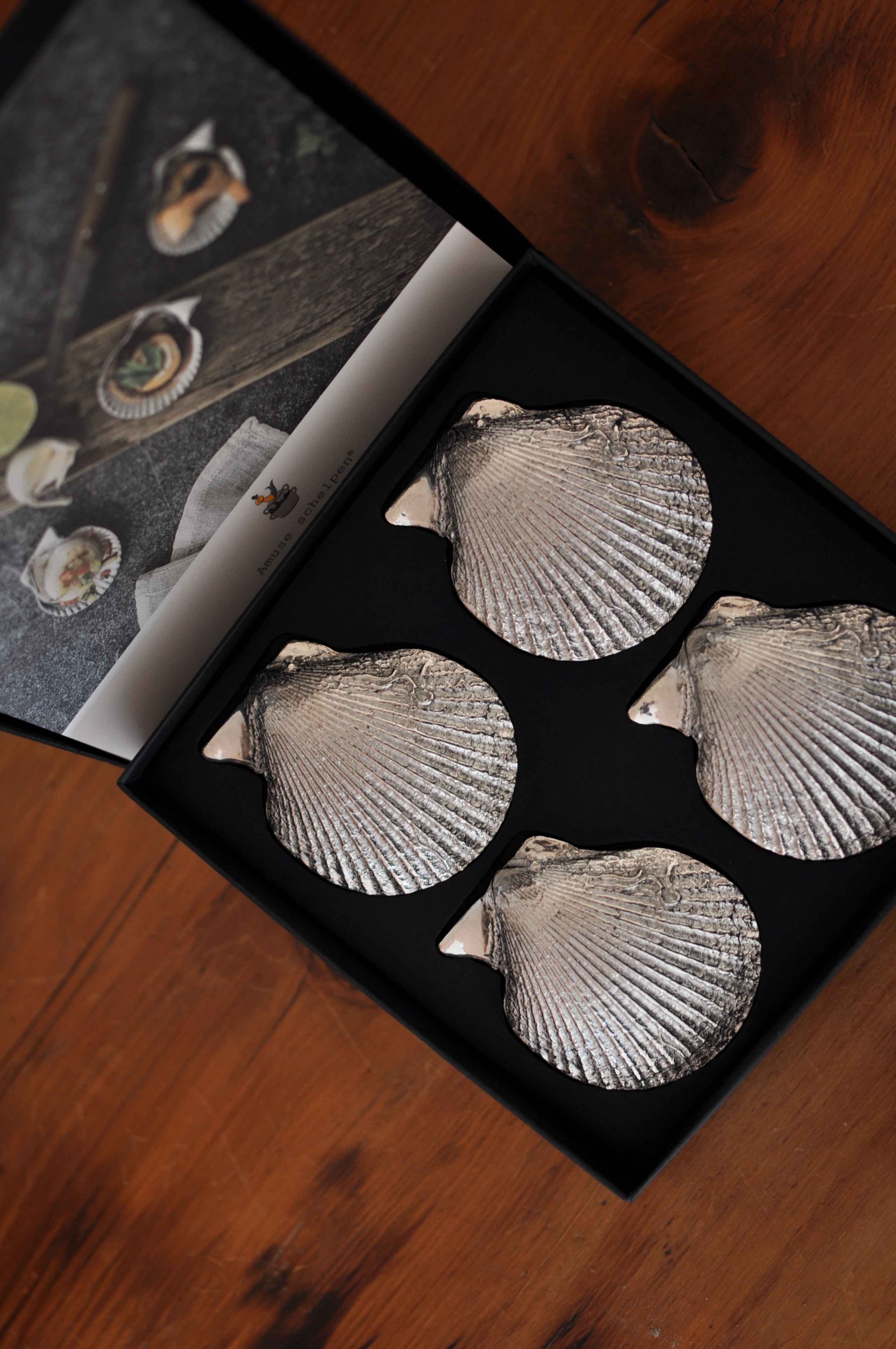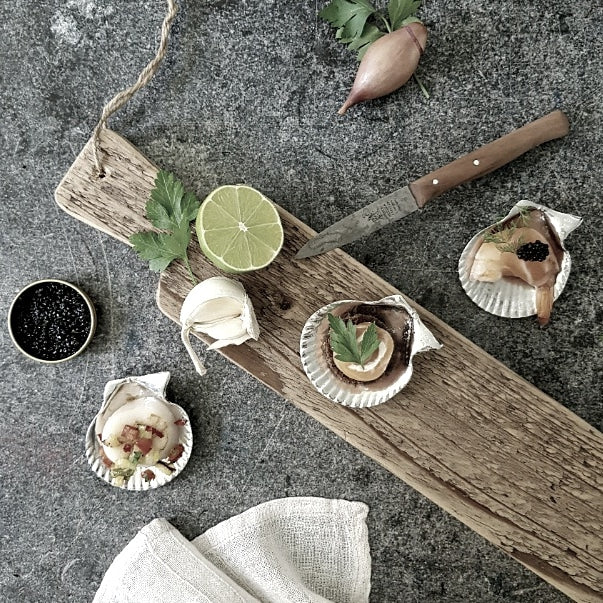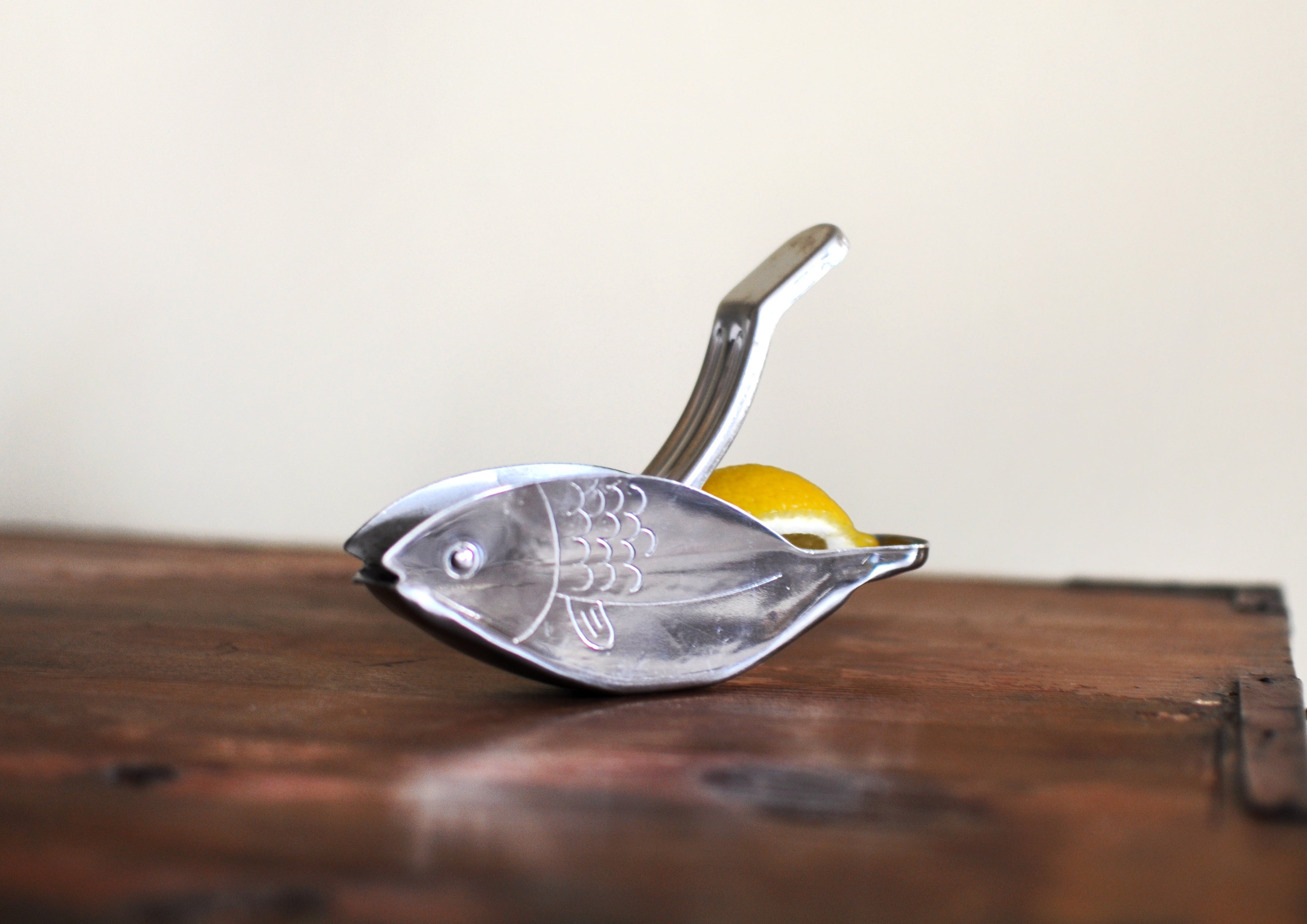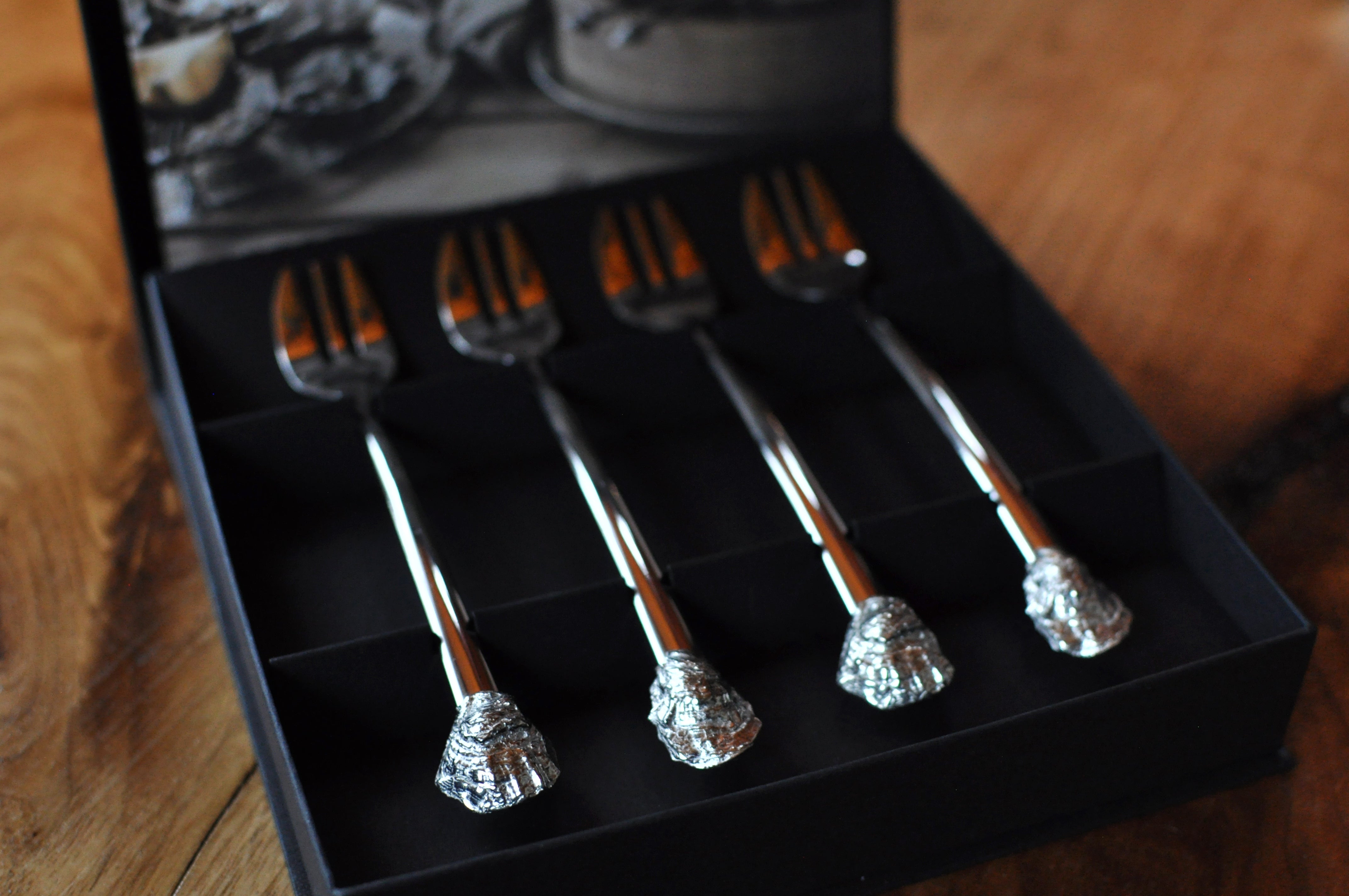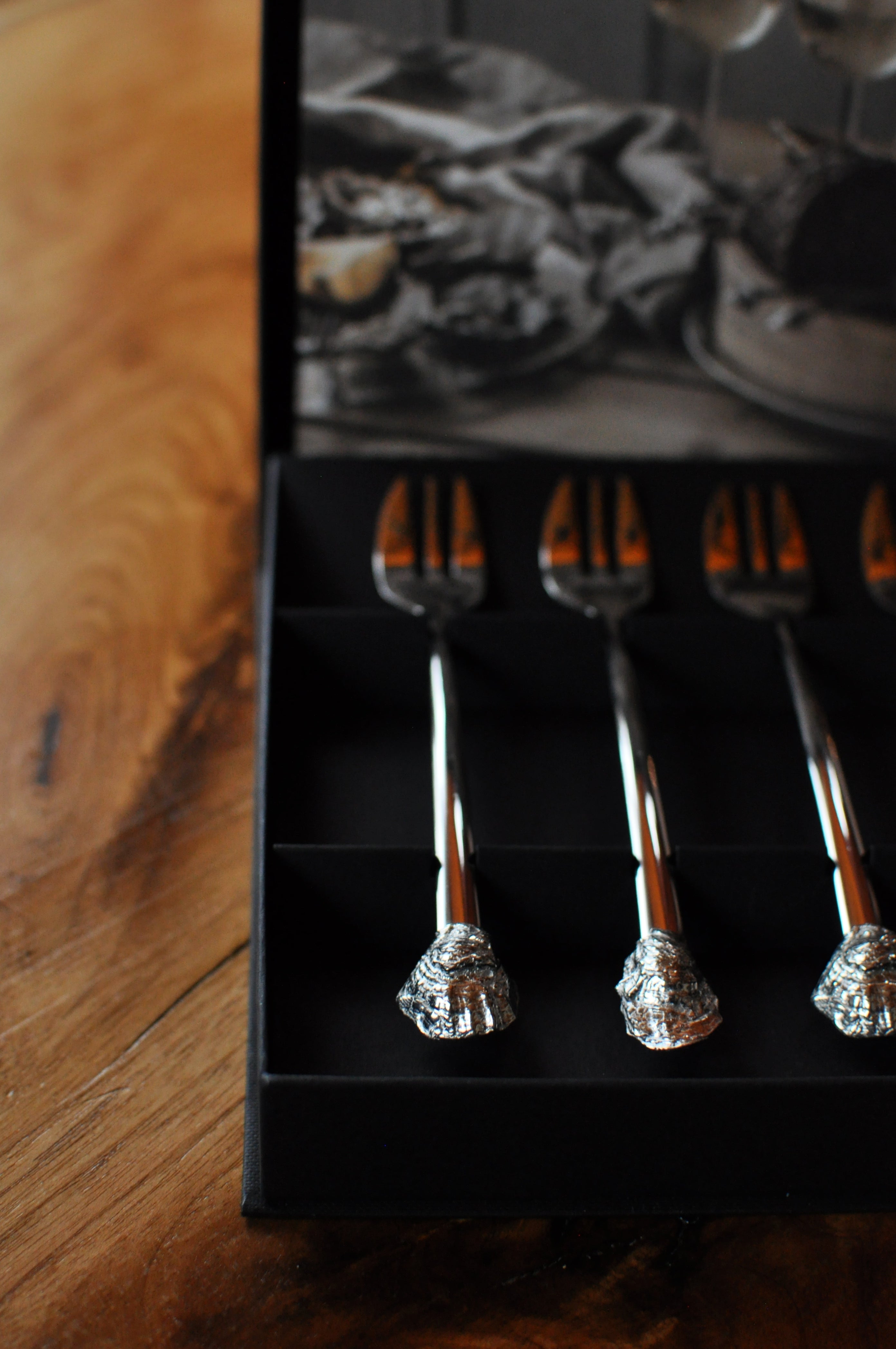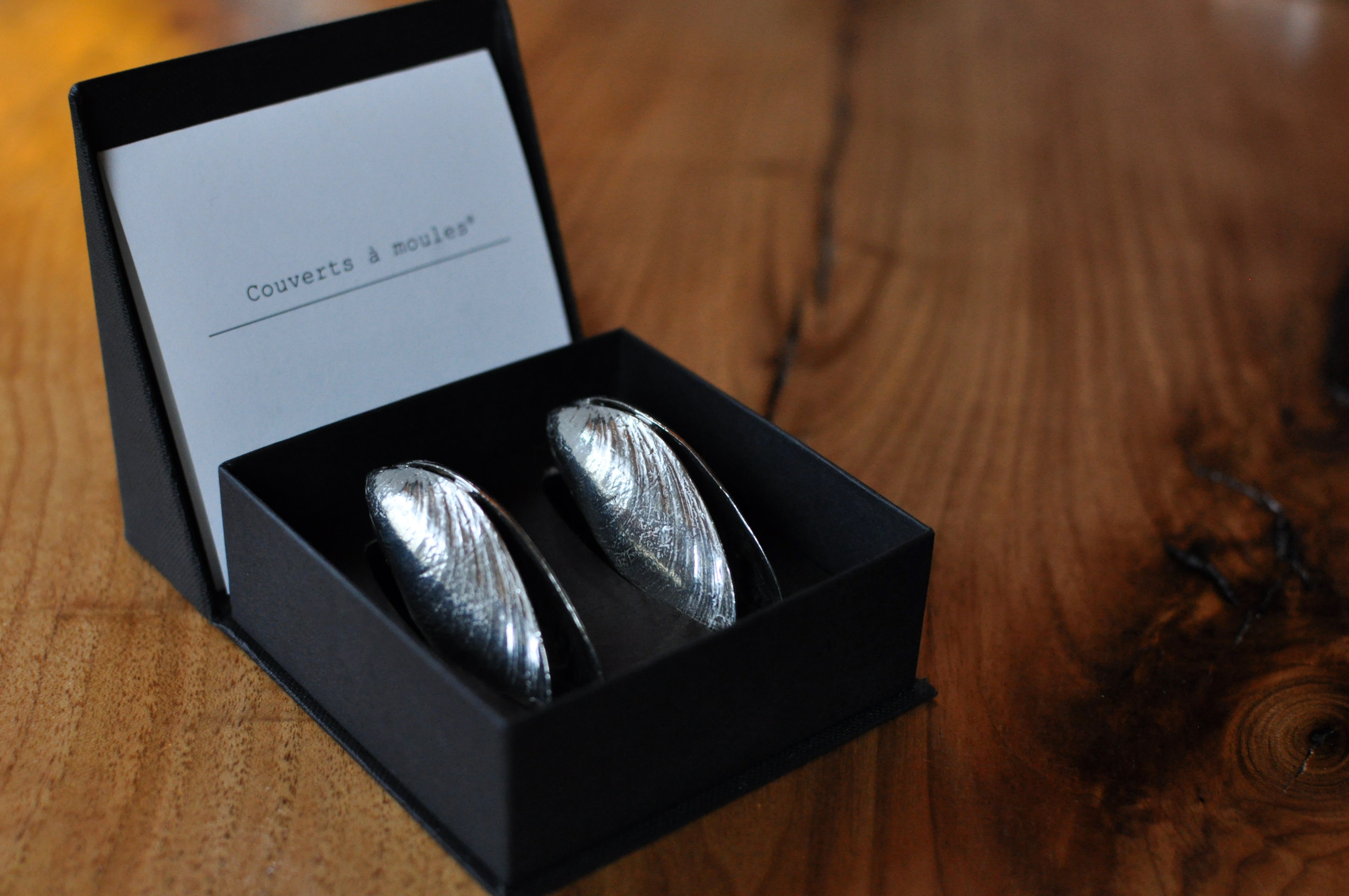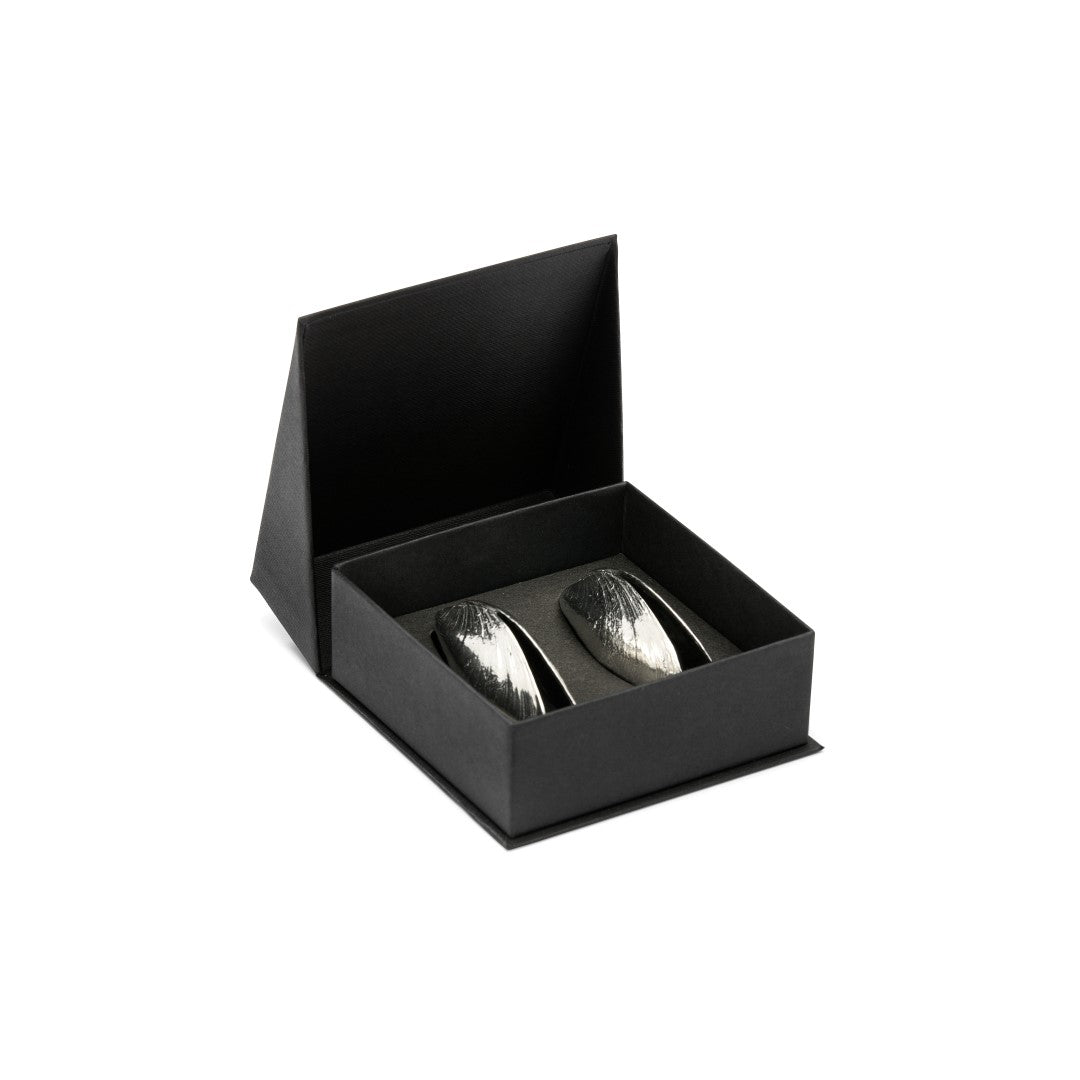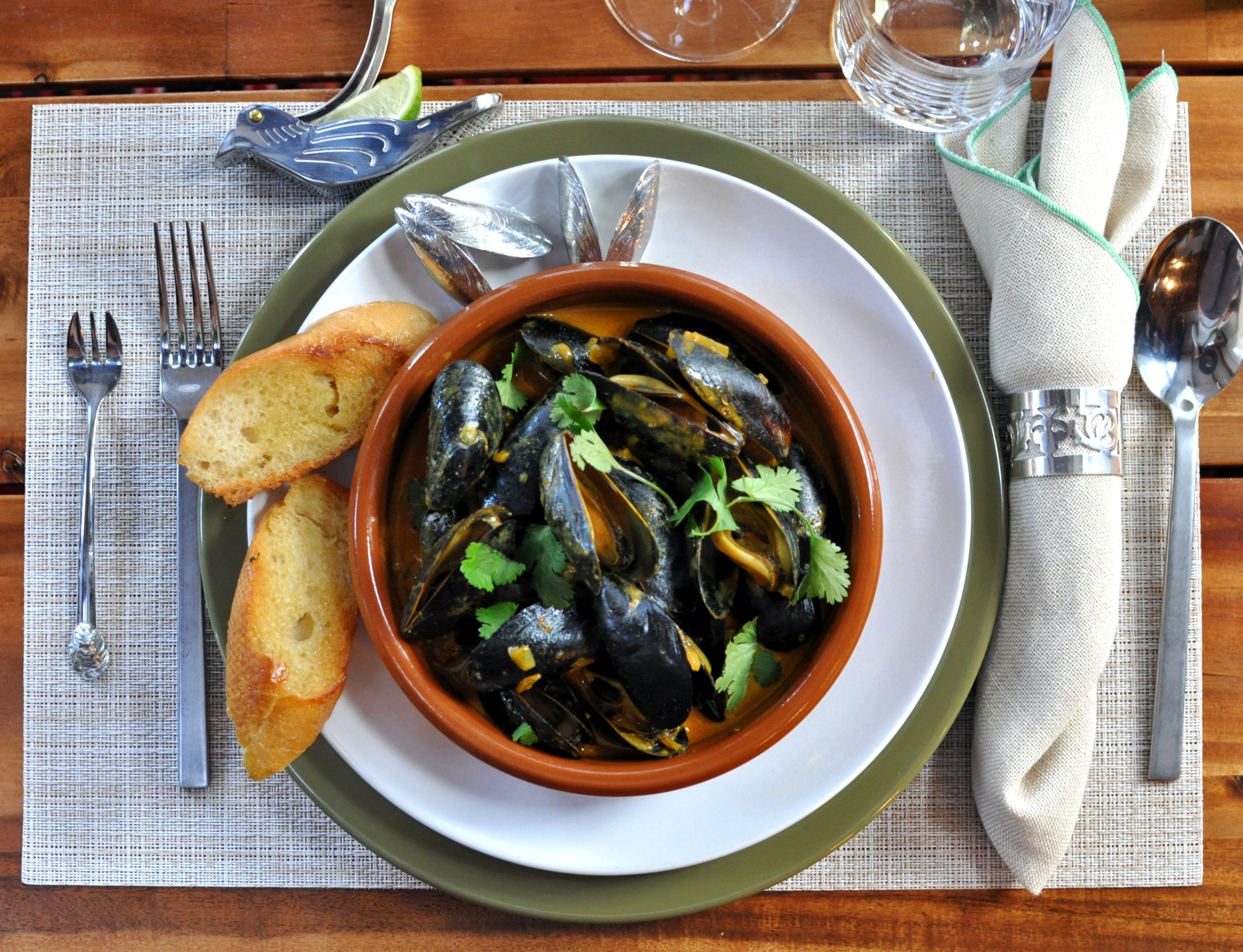
Mussels Night
SET THE TABLE FOR
Host a mussels night in style with this collection of mussel cutlery and wares.
A WORD ON MUSSELS
It might be hard to find a shellfish more loved than mussels. Most of us are familiar with moules et frites, a delicious, buttery dish developed by the Flemish in the late 1700s to sustain coastal villages during winter months when fresh fish was scarce. Now a classic worldwide, we've seen a rise in culinary diversification with mussels, from flavorful sauces to trendy drink pairings.
With remarkable new prepartions, quick cooking time, affordability, and quirky cutleries, mussels are the perfect dinner party choice for a family-style meal.
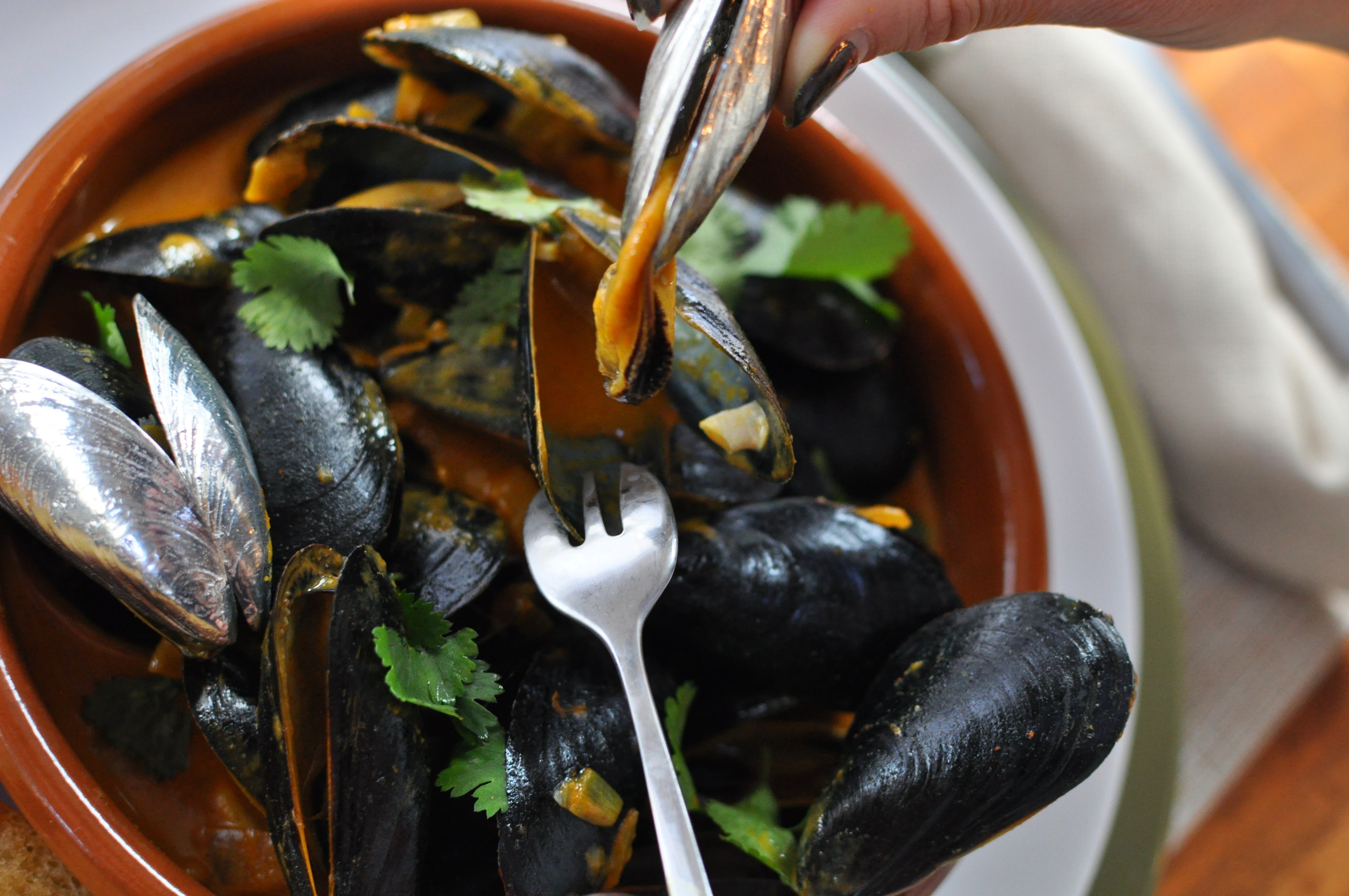
The Benefits
KNOWING
Here are a few great reasons to be cooking with mussels:
1) They're amazing for your health. They boost your nervous system, reduce fatigue, and contribute to brain, thyroid, and immune system health.
2) Mussels have a low-carbon impact. Mussels are abundantly available both in the wild and in aquaculture, which make them a naturally sustainable resource. Due to their ability to filter waters and increase biodiversity (similar to other shellfish like oysters and clams), they keep a carbon footprint lower than even some vegetables.
3) Mussels are a social and affordable protein. Like picking crabs or peeling shrimp, mussels are a food that fits perfectly between conversation at the table. I worked overseas in Brussels for a summer and we'd spend evenings at the local pub, nibbling on a few shells, gossiping about the office, and drinking white wine! When prepping for a seafood dinner, you'll find that mussels are a very cost-effective protein (you can buy a pound, about 1 serving, for roughly $4 at the supermarket), and mussels can be easily prepared in one giant pot.
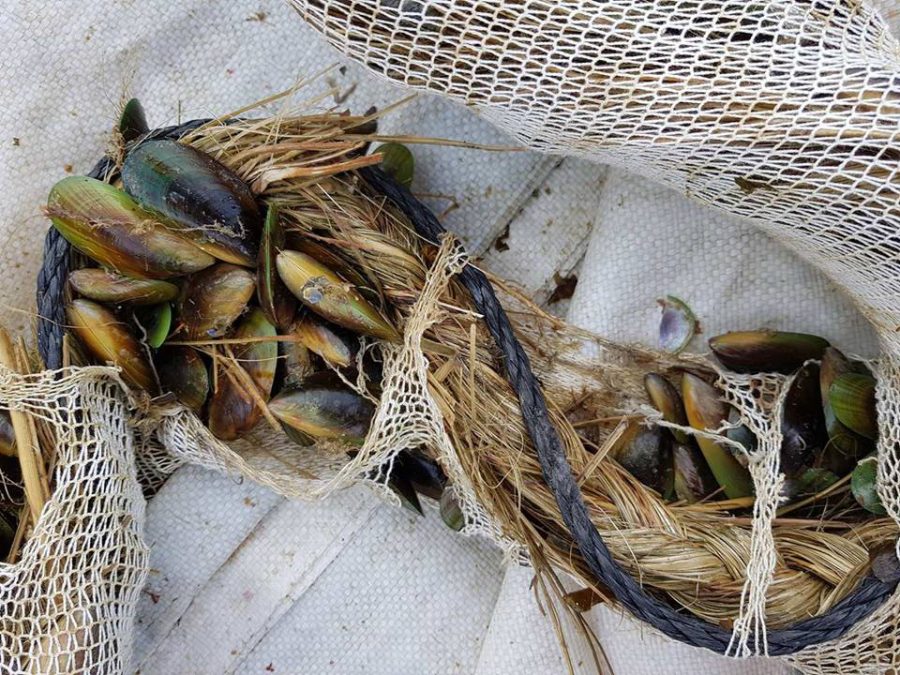
Mussel Restoration
TABLE CONVERSATION ON
In New Zealand, a project led by Kahui-McConnell, a restoration ecologist, alongside the North Island Ngāti Whātua tribe, are reviving traditional Māori knowledge through mussel restoration in the Okahu Bay.
For centuries, Māori women would harvest flax, a stringy branch, and strip it of its wax using mussel shells. The flax would then be weaved into durable rope called taura. Today, they're applying mussel seed stock to the same rope and using the lines to bring back wild mussel populations in the bay.
"Māori traditionally view themselves as kaitiaki, guardians over the sky, the land, and the sea. By working to restore the bay, the Ngāti Whātua Māoris are reclaiming this legacy," wrote author, Asher Mullard.
You can read more about the project here. Photo by Richelle Kahui-McConnell.
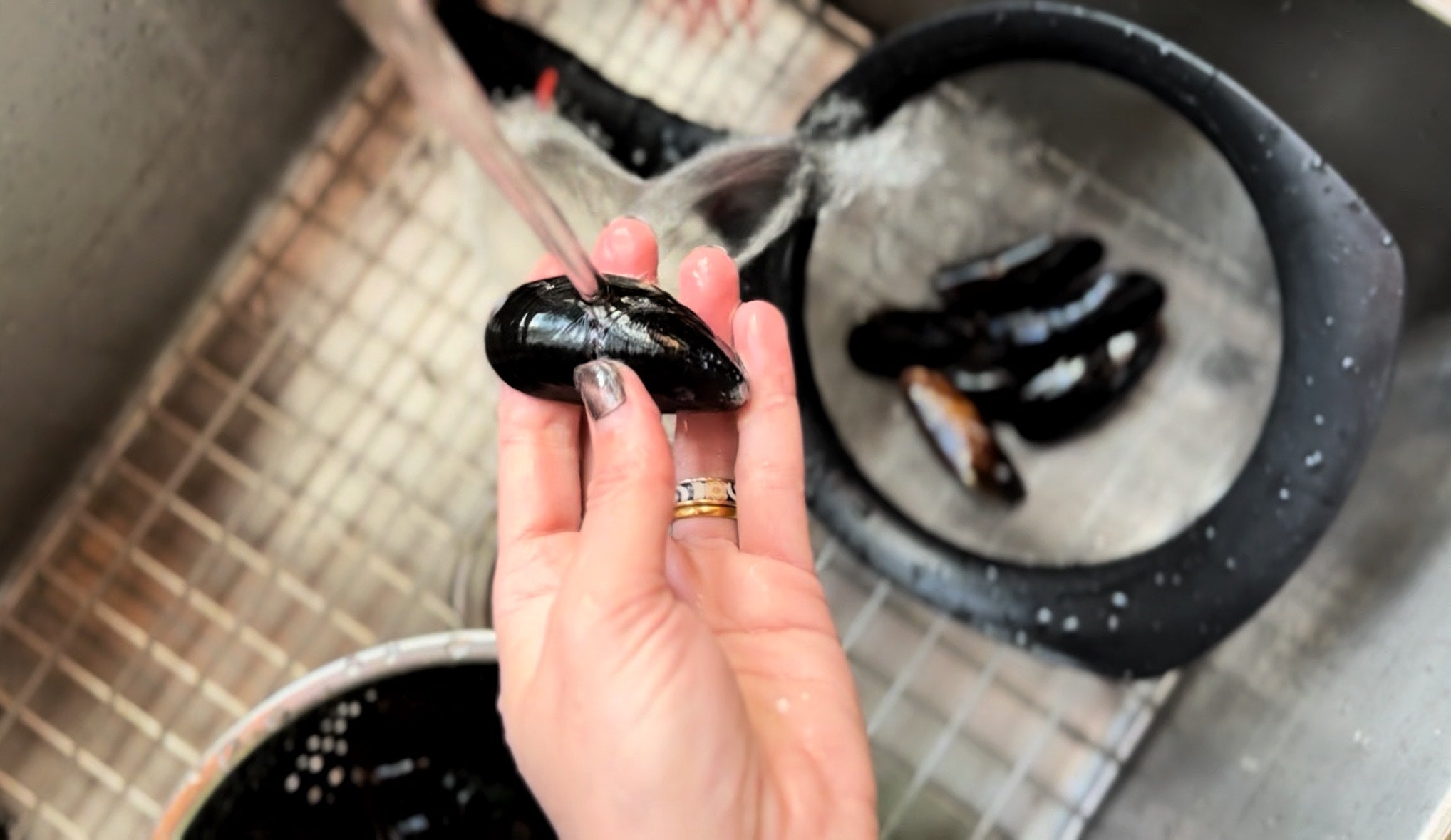
Store & Clean
HOW TO
1) Once home, place your bag(s) of mussels in a tin bowl.
2) Cover the bowl with a dampened tea towel.
3) Eat in 2-3 days (do not keep live mussels beyond 4-5 days).
4) When time to cook, rinse in the sink and scrub outer shells using a palm brush to remove any grit/shell debris.
5) Mussels may have small beards that look like bits of seaweed stuck between the shells. Grip the beards with your fingers and yank them towards the hinge of the shell to remove before cooking.
6) Before serving, discard any visible mussels that did not open. They were most likely already dead before cooking.
A Recipe
